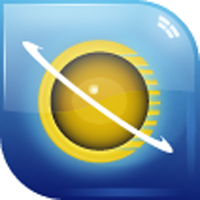
First, it is worth highlighting the new file extension that are used in the program:
- XLIFF: bilingual files
- TMX: translation memories
- TBX: terminology bases
The principal features of this innovative new tool are the following:
- New TM search engine: the RevleXTM based on XML files. Its functions include contextual matches through comparison of previous TTX files with those of a new project. Contextual matches work in real time, on any new document, and among different files of the same project.
- AutoPropagationTM: immediately translates repeated sequences in a document after they are translated the first time.
- Concordance: these searches can now be performed on both source and target segments.
- Multiple TMs can be used simultaneously.
- AutoSuggestTM: suggest text in a segment as you type, which increases the speed of translation.
- Real-time preview: verifies the final view as you translate, without having to open a different tab.
- QuickPlaceTM: improves the handling of text format, labels, placeables, and variables.
- Update of the compatibility with DTP applications (PDF files can now be edited directly from the platform).
In February of this year, SDL presented SDL Trados Studio 2009 SP2, which contains over 170 improvements suggested by users and more than 100 updates to improve the experience when using it.
Among these improvements is the ability to perform an automatic translation with Google Translate and Language Weaver.
To connect Trados to Google Translate, simply select the Language Pairs > Translation Memory & Automated Translation > Add Google Translation Provider option, and that’s it! Now as you work on the document, you will see the translation suggestion provided by Google Translate in segments that do not have a translation in the TM. This process requires more attention, since even though this function has undergone a lot of improvements over the past few years, there are still numerous errors that arise related to grammar, spelling, style, terminology, etc. An edition by a human translator is always necessary after the translation with Google, in order to ensure optimal quality of the document.
(Spanish version: https://www.trustedtranslations.com/trados-studio-2009-2010-06-01.html)





